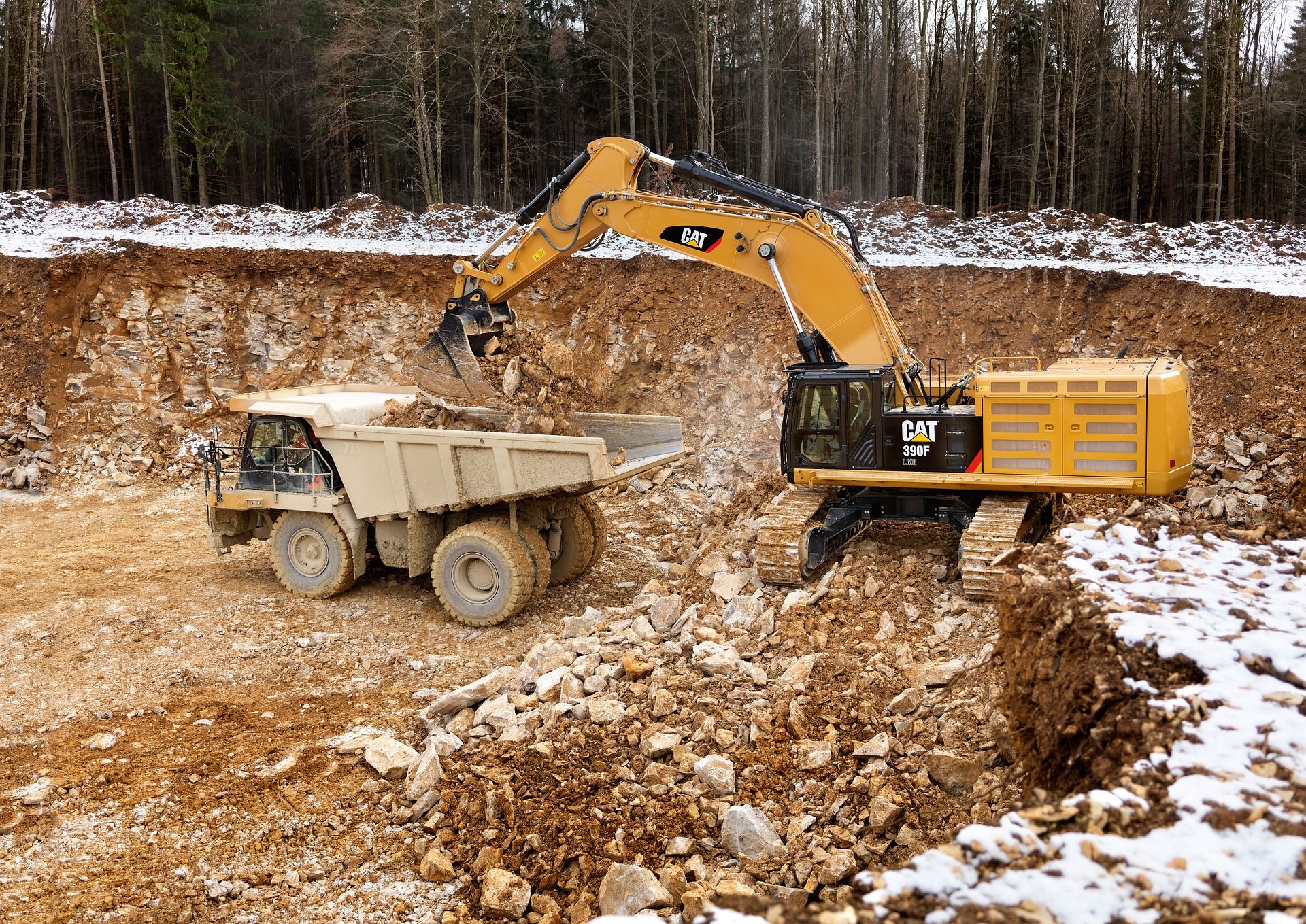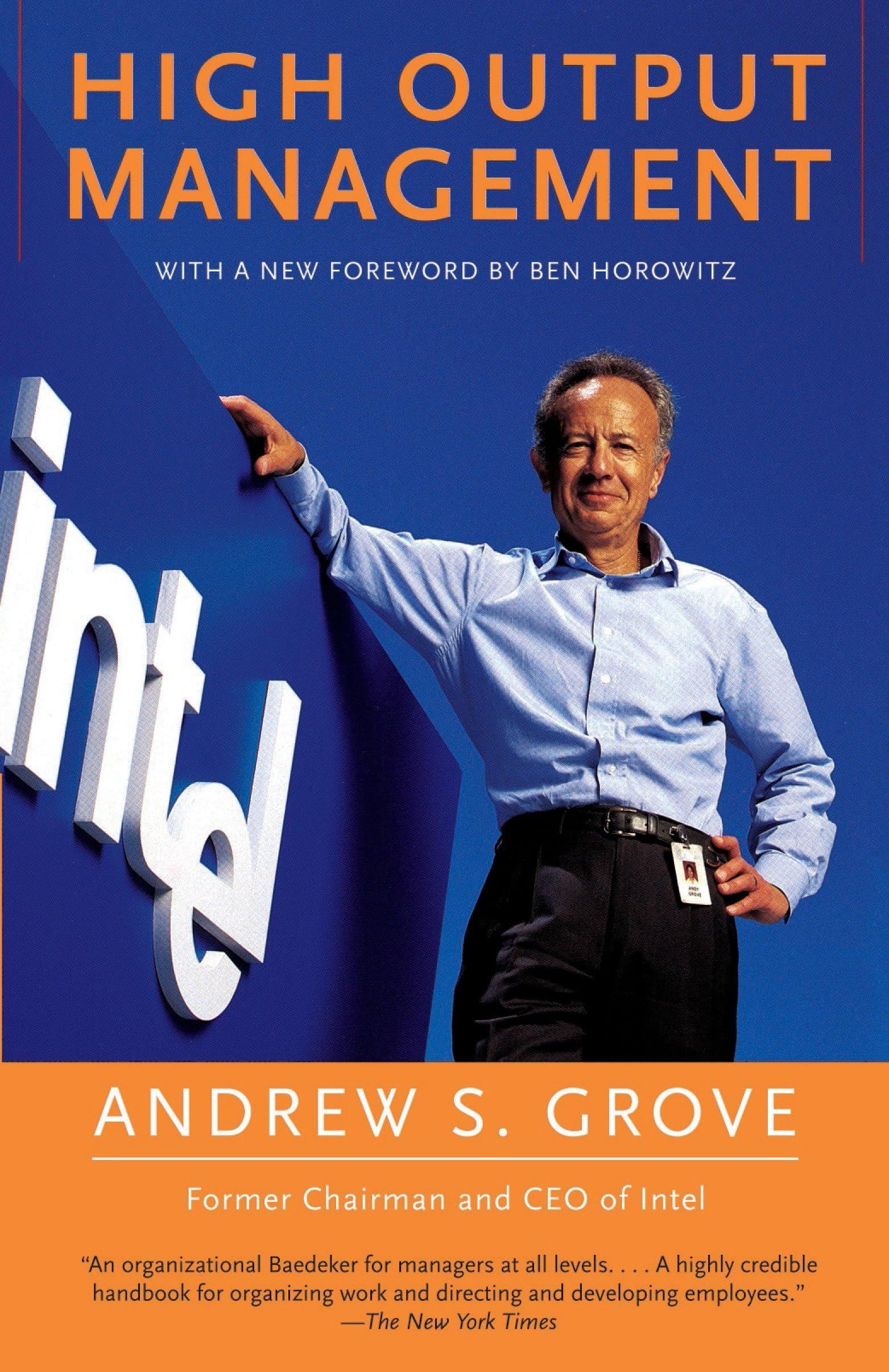- Edgevanta Weekly
- Posts
- What's Possible vs. What's in the Bid
What's Possible vs. What's in the Bid
Your essential guide to dominating the civil construction world with the latest tech, market trends, and wisdom.

TL;DR: We've built a culture of mistrust disguised as "risk management." 99% of people want to beat the budget. Permission to fail means license to innovate.
Andy Grove, lntel’s legendary CEO, made executives park in the back lot while engineers got the prime spots.
His message: The people closest to the work have the best ideas.
Grove banned neckties because he thought they gave executives false authority. He wanted engineers to challenge executives. He wanted the best idea to win.
Most construction companies do the opposite.
The Mistrust Problem
I did this myself for years.
In the back of my head, I was terrified we'd lose money on jobs I was responsible for. So I'd print out the B2W Cost Detail w/Manhours report, hand it to the superintendent and foremen, and say: "Here it is."
I respected these guys. They were professionals. But I was secretly worried they'd use 3 days when we only had 2 in the budget.
So instead of asking "What do you think?" I was implying: "Just build it like this."
Everyone must know the budget and how it was bid. We must always plan to make money the right way. But there's a difference between sharing information and shutting down conversation before it starts.
Maybe there's a better way. And there's only one way to find out.
In 15 years, I've met maybe a handful of people who genuinely didn't care about doing good work. The other 99% wake up every day wanting to crush the budget and finish early.
I don't think the problem is complacency in the field. I think the problem is management - especially at big companies - that's so scared of failure they've made innovation impossible.
High Output Management
Andy Grove's Intel didn't succeed because executives micromanaged engineers. It succeeded because they created conditions where engineers could innovate.
Translation: You can't force productivity. You create the conditions where your best people can figure out how to be more productive.
1. Give context, not commands Don't say "Move 2,200 tons per day." Say "We bid this assuming 2,200 tons per day with this crew size and equipment spread. What do you think?"
2. Encourage questioning Grove created a culture where engineers could challenge executives - respectfully, but boldly.
3. Plan obsessively Grove spent 50% of his time in planning meetings. Not status updates - actual planning sessions where people thought through problems before they happened.
The Planning Gap
Most estimates get handed to the field the day mobilization starts.
No pre-planning. No "what if" scenarios. No time for the field to think through a better approach.
Then we wonder why we just follow the bid exactly.
Grove's approach: Spend weeks planning before execution. Get the people who will do the work involved in planning the work. Let them challenge assumptions. Let them suggest improvements.
Permission to Fail
Big companies minimize risk so much they stifle innovation.
Study any breakthrough from the past 25 years: SpaceX blew up rockets. Tesla nearly went bankrupt. The iPhone was called "doomed to fail" by experts. All were built by tinkerers who failed along the way.
If your field managers are afraid to try a better approach for fear of embarrassment or reprimand, they'll never try anything.
Tell your field team: "I want you to beat this budget. If you see a better way to do it - safely and in compliance - try it. If it doesn't work perfectly, we'll figure it out together."
Do you know how liberating it is to be given permission to fail?

Photo Credit: Rock Forge
A Culture of Questions
The best field managers I've worked with questioned everything. Not because they were difficult. Because they were thinking.
"Why are we doing it this way?"
"What if we sequenced this differently?"
"Could we eliminate this step entirely?"
These questions come from people who care deeply about doing the work better.
The Bottom Line
Don’t blame the field for following the estimate exactly. They're doing what you taught them to do.
Want innovation? Create the conditions for it:
Give them the estimate weeks before mobilization
Ask for their input on the plan
Encourage them to challenge assumptions
Make it safe to experiment
The field doesn't need more micromanagement. They need more trust. All it takes is 2 or 3 people willing to try this approach to improve a company.
Your turn: What's one job where you could bring the field into the planning process early? Where you could ask "What's possible?" instead of "What's in the bid?"
The best contractors don't just execute plans. They improve them.
Remember: The people closest to the work have the best ideas. Treat them like it.
Ready to Try This?
We've created an Operation Planning Template that forces these conversations with your field team. It's designed to be used 2-3 weeks before any big operation - paving, bridge work, earthwork, whatever.
Want it? Reply to this email with "PLANNING" and I'll send it over. It's free, and it'll change how you approach your next major operation.
Thanks to Jeremy Ramberg and Jason Latolais for reviewing early drafts of this.
See you next week!
In Case You Missed It:
How would you describe today's newsletter?Leave a rating to help us improve the newsletter. |
Enjoyed this newsletter? Forward it to a friend and have them sign up here!

Tristan Wilson is the CEO and Founder of Edgevanta. We make software that helps contractors win more work at the right price. He is a 4th Generation Contractor, construction enthusiast, ultra runner, and bidding nerd. He worked his way up the ladder at Allan Myers in the Mid-Atlantic and his family’s former business Barriere Construction before starting Edgevanta in Nashville, where the company is based. Reach out to him at [email protected]
